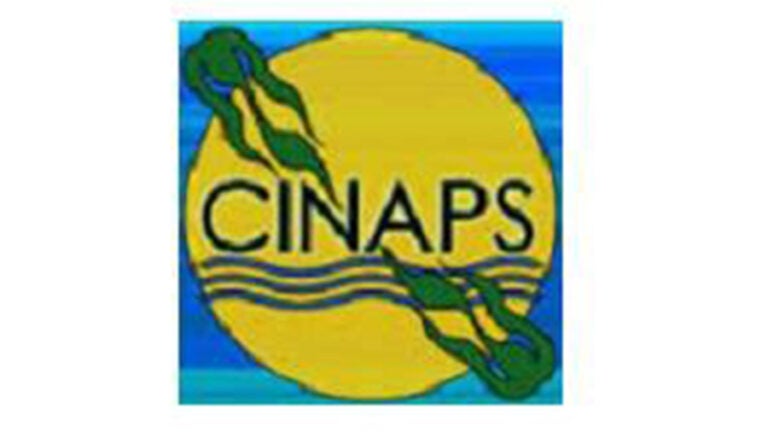Comparative Functional Analyses of Mixotrophy among Microbial Eukaryotes
The ability of many single-celled, eukaryotes (protists) to combine photosynthetic and heterotrophic nutrition in a single cell is well established, but the phylogenetic breadth and tremendous ecological significance of this behavior is not widely acknowledged. ‘Mixotrophy’ is pervasive evolutionarily and ecologically. Mixotrophic behavior ranges from heterotrophic supplementation of predominantly phototrophic nutrition, to phototrophic survival of predominantly heterotrophic species under food-limited conditions, but a complex mixture of behaviors exists between these extremes. Specific benefits of heterotrophy in mixotrophic algae include the acquisition via phagotrophy or osmotrophy of carbon, energy, major nutrients (N,P) and various micronutrients (e.g. vitamins, metals, specific lipids) that provide these species with a competitive advantage over purely autotrophic species.
Click HERE for more information.

A Regional Comparison of Upwelling and Coastal Land Use Patterns on the Development of HAB Hotspots Along the California Coast
The San Pedro Shelf along the coast of the Southern California Bight, and Monterey Bay in central California are locations of annually repeating blooms of potentially toxic diatoms within the genus, Pseudo-nitzschia, and the neurotoxin (domoic acid) that they produce. The goal of this project was to characterize and compare blooms and environmental factors occurring at these two ‘hot spots’ of toxic algae with the intent of deciphering conditions that promote harmful algal events along the U.S. west coast.
Click HERE for more information.
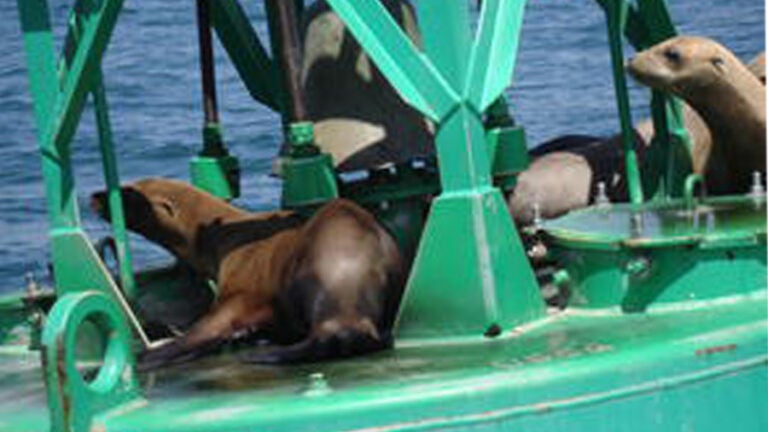
Microbial Food Webs of the Ross Sea
Photosynthetic protists (i.e. microscopic algae; the phytoplankton) constitute the base of the food chains in most regions of the ocean. However, in some regions such as the Ross Sea, Antarctica, the algae form large colonies and/or noxious materials that make them less palatable to the minute animals in the plankton. Thus, it is not clear how the zooplankton in these regions obtain their nutrition. In this project we test the hypothesis that heterotrophic protists (rather than the algae themselves) constitute an important food source for zooplankton in the Ross Sea.
Click HERE for more information.
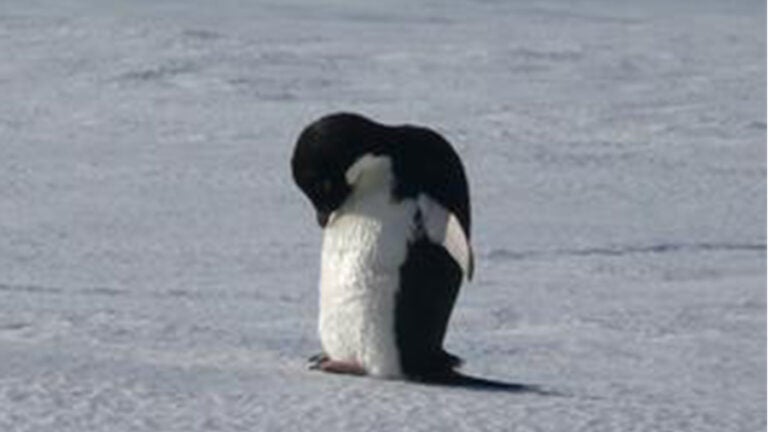
Protistan Diversity of the Deep Sea & Hydrothermal Vents
Protistan diversity in the deep sea is poorly known. This project addresses fundamental questions regarding the species diversity and trophic activities of protists inhabiting the deep ocean, particularly hydrothermal vents. The research program is designed to determine whether deep-sea communities harbor unique assemblages of these species, to establish the dominant taxa that are present there, and to begin to unravel the ecological role they play in the largest biome on Earth.
Click HERE for more information.

Planktonic Rhizarians & Their Symbionts
Acantharia, Radiolaria and Foraminifera (collectively referred to as ‘rhizarian protists’) are among the largest and most complex single-celled organisms in existence. They are abundant globally in tropical and subtropical oceans. In addition to long and complex life histories, these species often harbor symbiotic algae. These symbiont-host associations are highly active photosynthetically and as predators, and collectively they can constitute a significant fraction of energy flow in open ocean ecosystems.
Click HERE for more information.
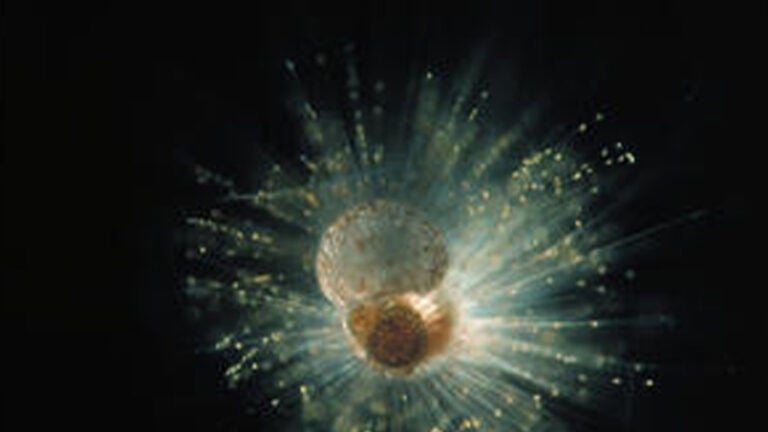
Harmful Algal Blooms & Desalination
Collaborative studies with local desalination pilot plants are examining the fates and possible impacts of phytoplankton-derived toxins and excessive plankton biomass on the quality of intake water and the permeate produced by the reverse osmosis process employed by many desalination facilities.
Click HERE for more information.

Global Survey of Marine Microbial Eukaryotes
Many microbes are easily transported around the world by wind, water and macroorganisms, but are all protists truly ubiquitously dispersed across our planet? That question was the focus of this project, which employed genetic analyses of samples collected from different locales and depths from around the world’s ocean to assess species diversity and distributions of microbial eukaryotes (primarily protists). Understanding the global distributions of protists (i.e. their biogeographies) has implications for how microbial communities are structured in different regions, and how they may respond to environmental change.
Click HERE for more information.
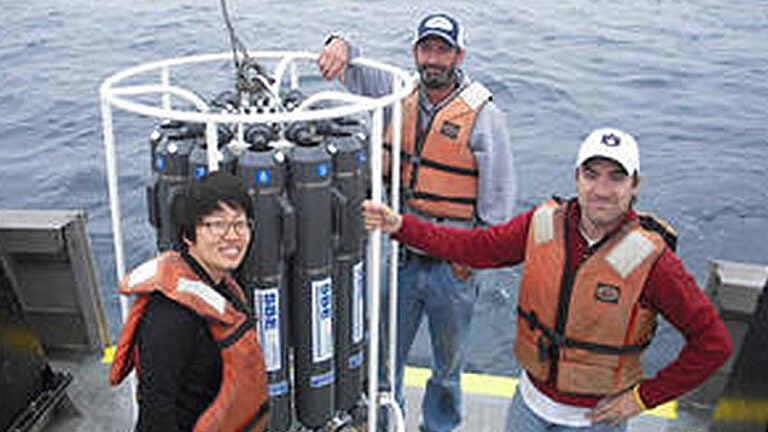
Rapid Analysis of Pseudo-nitzschia & Domoic Acid, Locating Events in near Real Time (RAPDALERT)
This project, supported by the Monitoring and Event Response for Harmful Algal Blooms (MERHAB) program of NOAA, was focused on the development and implementation of a fine-scale sensing and sampling program in coastal waters of southern California to study toxic blooms of microalgae. The project incorporated multiple, innovative in situ networked sensors, cutting-edge identification of toxic algae, quantification of the algal neurotoxins, and state-of-the-art remote sensing.
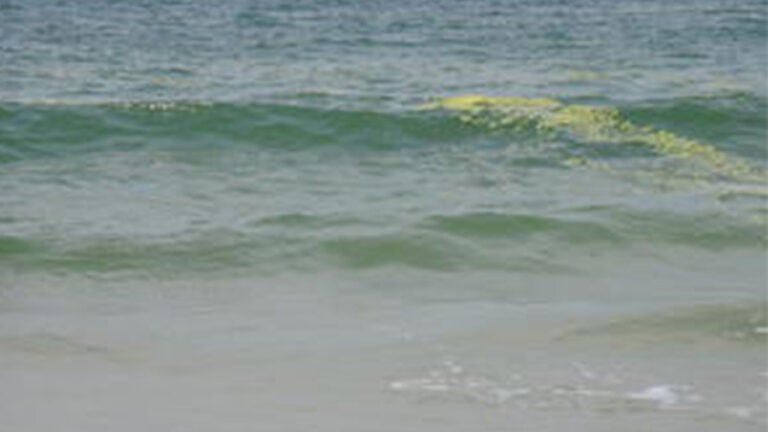
Urban River Discharge & Harmful Algal Blooms
This research program examined possible connections between river discharge following storm events in a highly urbanized coastal region of southern California (Greater Los Angeles area), nutrient enrichment along the coast resulting from river discharge, and the occurrence of phytoplankton blooms. The study was specifically designed to examine the relationship between discharge events and blooms of the toxic diatom Pseudo-nitzschia and its production of the neurotoxin domoic acid. This work was funded by an EPA STAR award on the Ecology of Harmful Algal Blooms (EcoHAB).
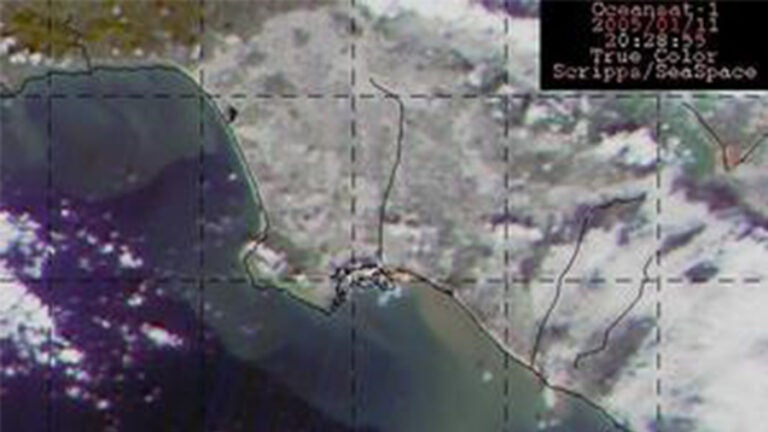
Monitoring Algal Blooms in Coastal Harbors
Networks of water quality sensors were established in King Harbor of the City of Redondo Beach and Marina Del Rey, two highly developed man-made boat harbors along the coast of southern California. King Harbor has been the site of repeated massive fish kill events. The networks provided an early-warning system for increases in algal abundance that may be indicative of poor water quality or preludes to toxic events, and were highly informative of the conditions leading up to the large fish kill occurring in March, 2011. This project was funded as a component of a National Science Foundation Science and Technology Center, The Center for Embedded Networked Sensing (CENS), housed at the University of California Los Angeles.
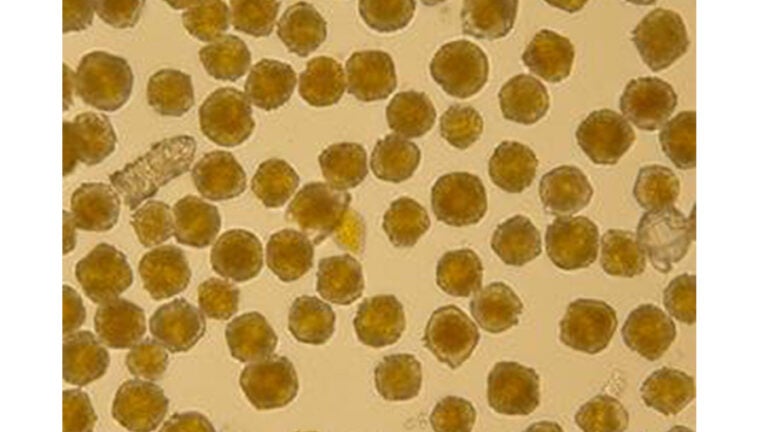
Center for Integrated Networked PlatformS (CINAPS)
CINAPS was a large, collaborative effort to integrate cutting-edge sensing technology, communication, and scientific exploration of local and regional aquatic ecosystems towards the overall goal of monitoring water quality. The project was specifically focused on obtaining environmental information to monitor and predict the harmful algal bloom events, but outcomes were of interest to stakeholders, managers, policy makers and the general public interested in coastal water quality.
